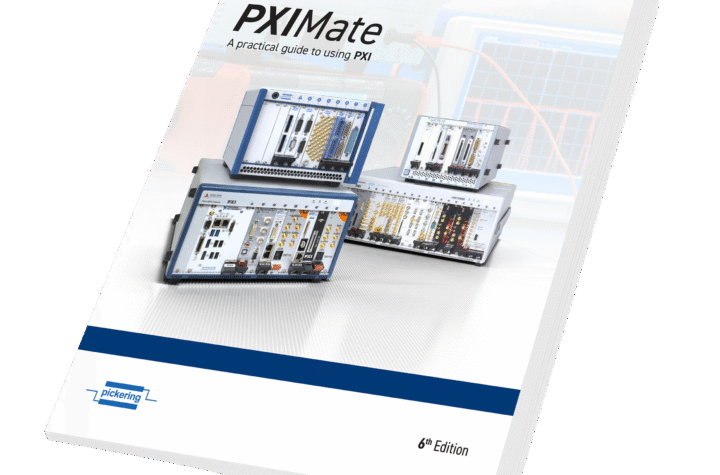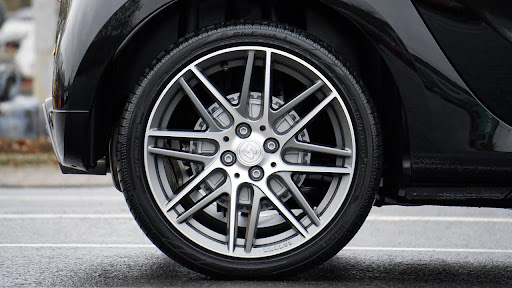
Lighting Moves Forward
Technology continues to drive advancements in vehicle lighting.
 |
| The Toyota comes with optional smart headlamps, supplied by Stanley. Analysts expect ‘smart’ headlamps to be optional on all new cars by 2010 and standard on upper-end models if they receive regulatory approval in the U.S. and Europe. |
At present, LEDs find use in taillamps, position lamps and rear-turn signal lamps. This year, they reportedly will be employed in IR projectors and daytime running lamps; then in 2005 and 2006, in fog lamps and headlamps; and in 2009 and 2010, in ‘intelligent’ headlamps and ‘intelligent’ taillamps.
Gerhard Fasol, representive director of Eurotechnology Japan, a Tokyo-based consultancy, predicts that all car lighting — both interior and exterior — will eventually be converted to light-emitting diodes. “LEDs are brighter, last longer and consume less energy,” he says.
While Fasol offered no timeframe, Koito Manufacturing Co. Ltd., Japan’s top automotive lighting maker, expects LED taillamps to account for 90 percent of taillamp sales in the coming five years. Koito currently supplies LED tail lamps to Nissan Motor for the Skyline, Honda Motor for the S2000, and Toyota Motor for Estima Hybrid, Raum and Harrier (sold overseas as the LX330).
Koito’s Japanese competitors, Stanley Electric Co. Ltd. and Ichikoh Industries Ltd., supply Toyota’s Prius, Wish, Estima, Crown and Celsior (sold outside Japan as theLS430), Nissan’s Cima, Skyline, Gloria and President, and Mazda Motor’s Axela (sold overseas as the Mazda 3).
Meanwhile, Koito predicts that sales of HID headlamps will grow to nearly 50 percent of demand in the coming three years, nearly double current levels. Management expects HID headlamps to be adopted for all classes of cars including 660-cc minis.
In a related development, analysts expect ‘smart’ headlamps to be optional on all new cars by 2010 and standard on upper-end models, conditional of course on receiving regulatory approval in the U.S. and Europe.
To date, Toyota’s Celsior, Harrier and Crown offer ‘smart’ headlamps as options. So do Nissan’s Cima and President and Honda’s Step Wagon and Odyssey. Mazda and Mitsubishi Motors have not yet commercialized the technology.
Nissan plans to introduce ‘smart’ lighting gradually throughout its product lineup but offered no timetable. The Nissan ‘adaptive front lighting’ system, which employs dualdirectional headlamps, is still prohibited in the U.S., thus not installed on the Q45, the U.S. name for the Cima. The automaker says the European Union recently approved the technology but gave no timetable for when the system might be available.
The Cima system automatically changes the lighting pattern in accordance to road conditions, thus enhancing forward visibility during nighttime driving. According to the company, the system illuminates the direction in which the vehicle is headed by changing the headlamps’ illumination pattern in response to steering angles and vehicle speeds.
An additional lamp on each side of the car directs the illumination outward by as much as 30 percent, thus illuminating the direction of the vehicle while negotiating a curve and when making right- and lefthand turns at intersections. Meanwhile, Honda introduced ‘smart’ headlamps on the Step Wagon in 2002, then as an option on several grades of the remodeled Odyssey. The systems developed for the two models differ: In the case of the Step Wagon, reflectors in the light housing rotate.
Of Japan’s leading lighting makers, Koito supplies ‘smart’ headlamps to Toyota for the Harrier and its U.S. derivative, the LX-330; Stanley supplies the technology to Honda for the Step Wagon, Toyota for the Celsior, and Nissan for the Cima. Ichikoh does not supply ‘smart’ lighting at this time though it did have a prototype on display at the 2003 Tokyo Motor Show.
This article was provided exclusively to Automotive Industries by J•REPORTS, a new information service offering in-depth coverage of automotive technology based in Tokyo. For additional information about this and other studies and prices, contact JRepts@aol.com.












More Stories
What You Need to Know About Tire Pressure in Winter vs Summer
Essential Features to Look for in ADAS Calibration Systems
Your Guide to Filing a Car Accident Claim